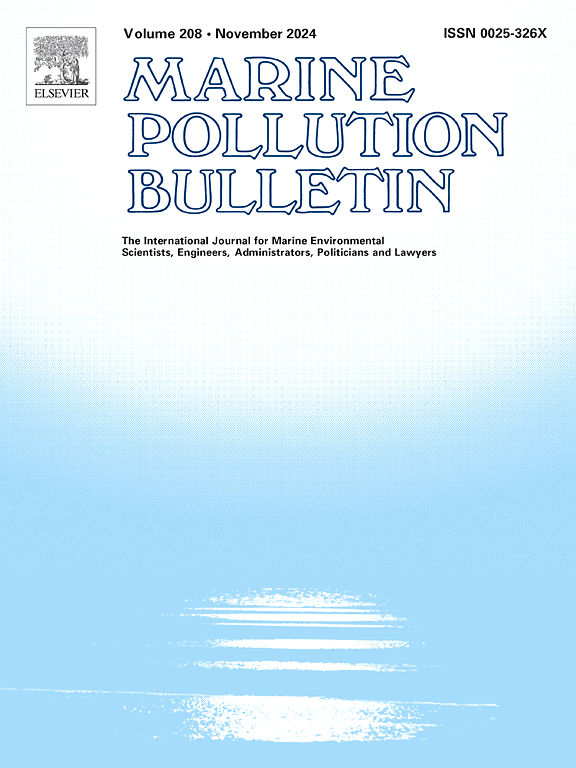Strength in numbers: Combining small pockets of opportunistic sampling for Australian seabird plastic ingestion
IF 5.3
3区 环境科学与生态学
Q1 ENVIRONMENTAL SCIENCES
引用次数: 0
Abstract
While the problem of plastic ingestion by wildlife is well recognised, it also suffers from a “file drawer” problem where small incidentally collected data remains unpublished because on its own, it may represent only a handful of individuals. There is great strength, however, in combining these disparate datasets to make inferences about broader patterns and therefore inform the discussion about the impacts and extent of plastic ingestion by providing data for sparsely sampled taxa. Here we summarise plastic ingestion records collected from seven seabird species in Western Australia and New South Wales, Australia to provide a baseline and updates on exposure of these species to plastics. For most of the species included in our assessment, this is the first data available regarding plastic ingestion in more than two decades. Very low rates of plastic ingestion were observed in Great-winged Petrels Pterodroma macroptera, Little Shearwaters Puffinus assimilis, and Providence Petrels Pterodroma solandri with only the adult and fledgling Wedge-tailed Shearwater Ardenna pacifica and Sable Shearwater Ardenna carneipes containing moderate amounts of plastic (>8 % prevalence). Black-winged Petrels Pterodroma nigripennis and Masked Boobies Sula dactylatra did not contain any ingested plastic. These data were collected and reported using standardised methods to ensure the information can be used as a benchmark against prior and future plastic ingestion studies. Syntheses such as these provide valuable knowledge for regions or species with limited data, and in doing so, begin to reveal patterns of plastic pollution and its relevance to seabird conservation.
求助全文
约1分钟内获得全文
求助全文
来源期刊

Marine pollution bulletin
环境科学-海洋与淡水生物学
CiteScore
10.20
自引率
15.50%
发文量
1077
审稿时长
68 days
期刊介绍:
Marine Pollution Bulletin is concerned with the rational use of maritime and marine resources in estuaries, the seas and oceans, as well as with documenting marine pollution and introducing new forms of measurement and analysis. A wide range of topics are discussed as news, comment, reviews and research reports, not only on effluent disposal and pollution control, but also on the management, economic aspects and protection of the marine environment in general.
 求助内容:
求助内容: 应助结果提醒方式:
应助结果提醒方式:


